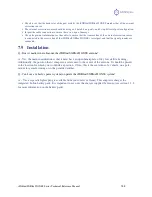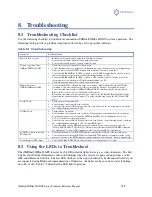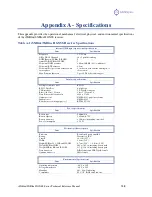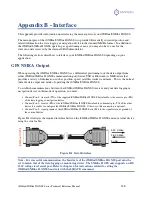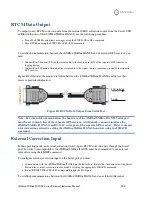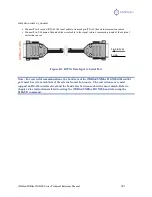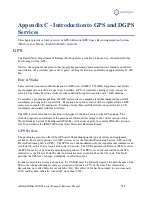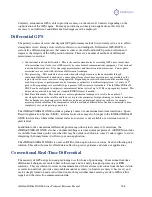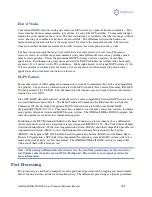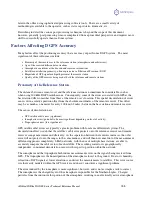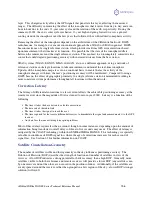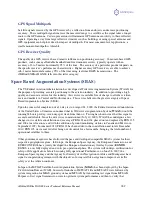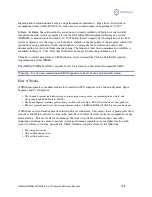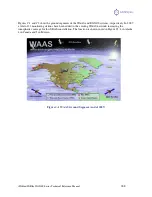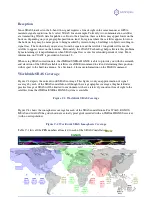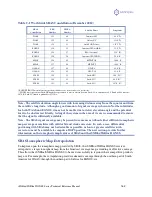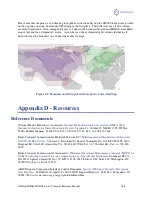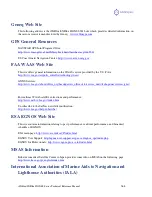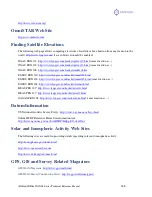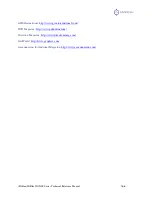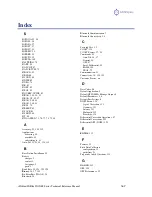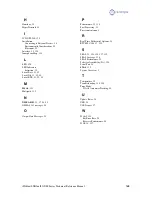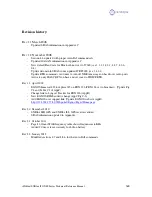
iSXblue/SXBlue II GNSS Series Technical Reference Manual
158
augmentation information meets safety and performance requirements. Since those tests had been
accomplished successfully, MSAS for aviation use was commissioned on September 27, 2007.
In India, the Indian Space Research Organisation and Airports Authority of India have successfully
completed the final system acceptance test of the GPS Aided GEO Augmented Navigation system
(
GAGAN
) as announced on November 20, 2007 by Raytheon Company. With completion of the final
system acceptance test, the stage is set for India to embark on the next phase of the program, which will
expand the existing ground network, add redundancy, and produce the certification analysis and
documentation for safety-of-flight commissioning. The launch of their own communication satellites is
scheduled for May 11, 2011. Note that GAGAN is no longer broadcasting on Inmarsat 4f1.
China has a similar program for a SBAS and the service is named the Chinese Satellite Navigation
Augmentation System (
SNAS
).
The iSXBlue/SXBlue II GNSS is capable of receiving correction data from all compatible SBAS.
Warning – Use of non-commissioned SBAS signals is entirely at your risk and discretion.
How it Works
A SBAS incorporates a modular architecture, similar to GPS, comprised of a Ground Segment, Space
Segment, and User Segment:
•
The Ground Segment includes reference stations, processing centers, a communication network, and
Navigation Land Earth Stations (NELS)
•
The Space Segment includes geostationary satellites (For example, EGNOS uses Inmarsat transponders).
•
The user segment consists of the user equipment, such as a iSXBlue/SXBlue II GNSS receiver and antenna
A SBAS uses a state-based approach in their software architecture. This means that a separate correction
is made available for each error source rather than the sum effect of errors on the user equipment’s range
measurements. This more effectively manages the issue of spatial decorrelation than some other
techniques, resulting in a more consistent system performance regardless of geographic location with
respect to reference stations. Specifically, SBAS calculates separate errors for the following:
•
The ionospheric error
•
GPS satellite timing errors
•
GPS satellite orbit errors

